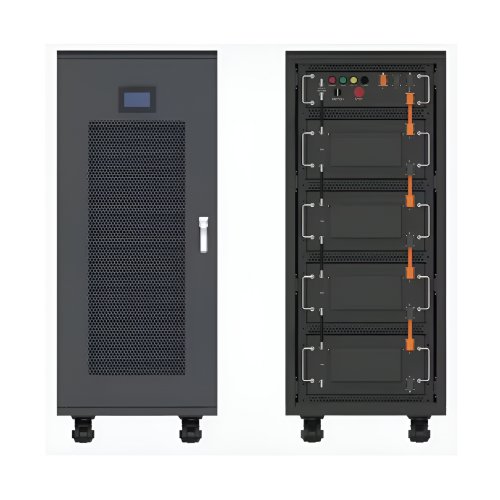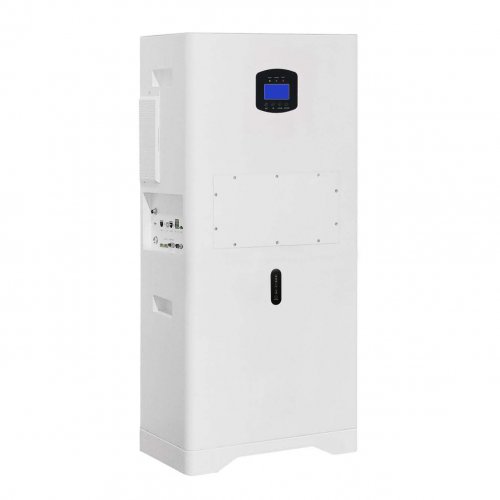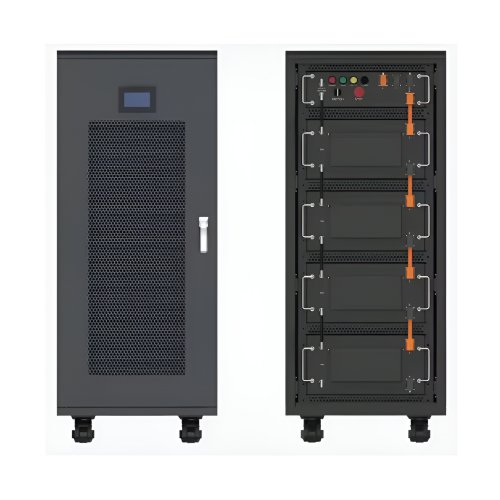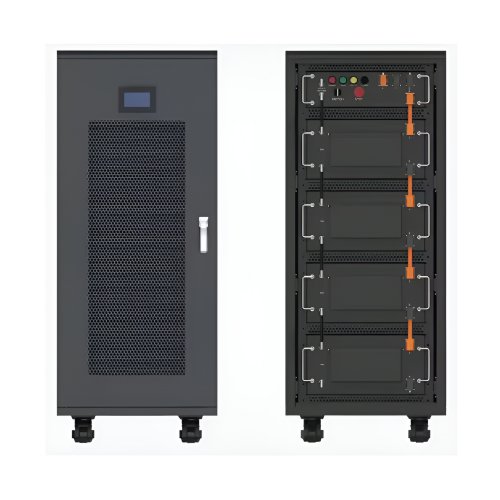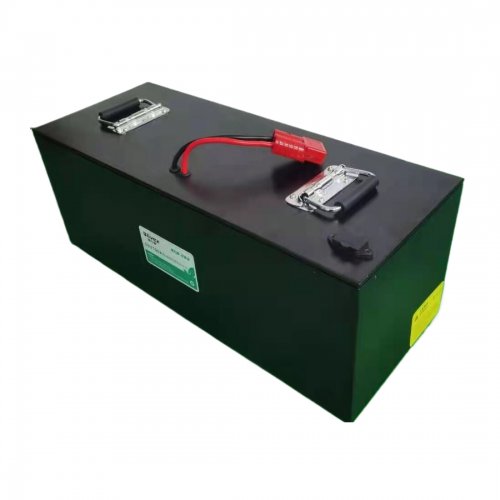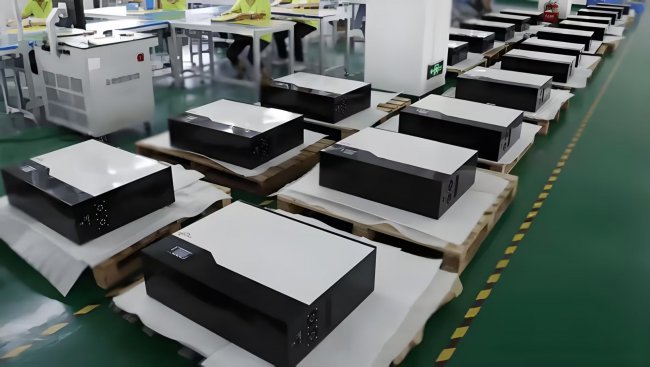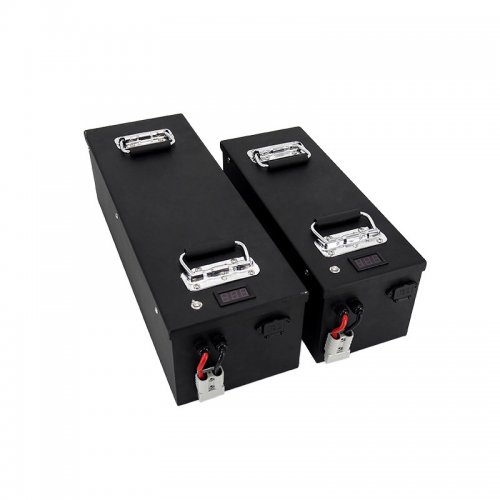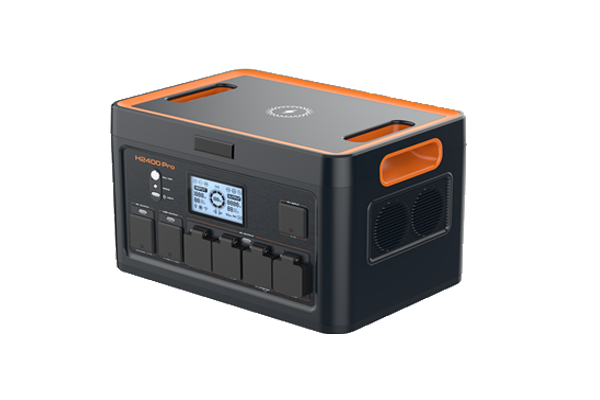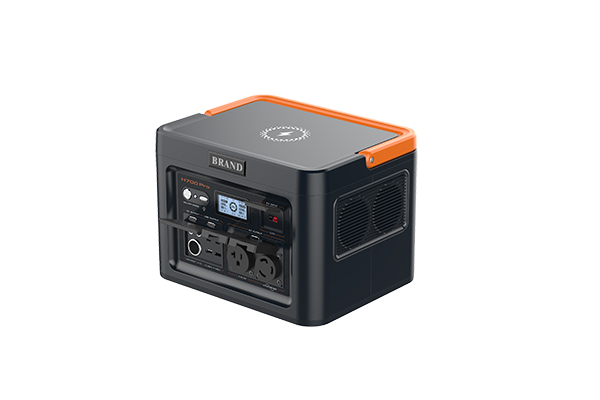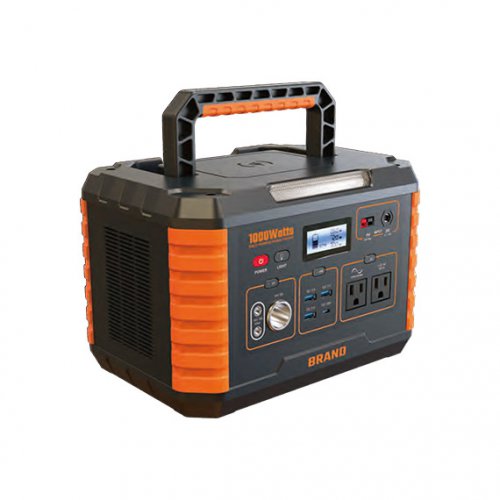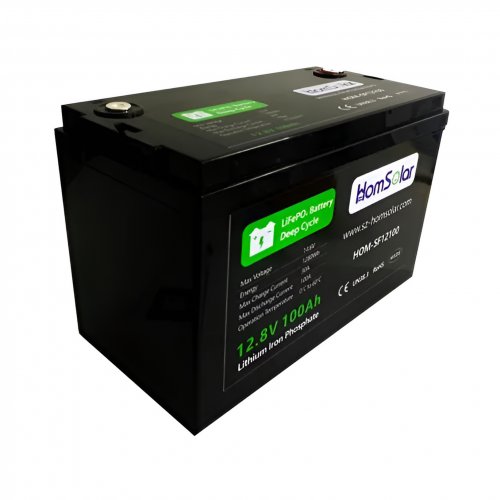Advances In Electrode Engineering: Pioneering Materials And Architectures For Next-generation Energy Storage
The relentless global pursuit of sustainable energy and advanced electronics has placed unprecedented demands on energy storage systems, particularly lithium-ion batteries (LIBs) and emerging alternatives. At the heart of these devices lies the electrode, a component whose performance fundamentally dictates the energy density, power capability, cycle life, and safety of the entire system. Consequently, electrode engineering has evolved from a mere materials selection process into a sophisticated, multi-disciplinary field focused on the precise manipulation of materials, interfaces, and structures across multiple length scales. Recent breakthroughs are paving the way for a new era of electrochemical storage.
The Nanoscale Frontier: Mastering Materials and Interfaces
A primary focus of modern electrode engineering is addressing the intrinsic limitations of conventional active materials. For lithium-ion battery cathodes, the shift towards nickel-rich layered oxides (e.g., LiNi₀.₈Mn₀.₁Co₀.₁O₂ or NMC811) promises higher specific capacity and reduced cobalt content. However, these materials suffer from rapid capacity fade and structural instability. Recent engineering strategies have moved beyond simple doping or coating. For instance, the development of concentration-gradient particles, where the nickel concentration is high in the core and gradually decreases towards a manganese-rich surface, creates a structurally stable core protected by a highly stable shell, effectively mitigating interfacial degradation and oxygen release (Sun et al., 2020). Similarly, for anodes, the long-standing challenge of silicon's massive volume expansion (~300%) during lithiation is being tackled through sophisticated nanostructuring. Hollow silicon nanotubes, porous silicon-carbon composites, and yolk-shell structures, where silicon nanoparticles are encapsulated within a conductive carbon shell with engineered void space, have demonstrated remarkable cyclability by accommodating mechanical strain without pulverization (Liu et al., 2022).
The solid-electrolyte interphase (SEI) remains a critical and often unpredictable component. Advanced electrode engineering now aims to construct artificial SEI (ASEI) layers. These are artificially deposited, nanometre-thin films designed to be ionically conductive but electronically insulating, mechanically robust, and chemically stable. For example, the in-situ formation of a LiF-rich ASEI using electrolyte additives or pre-treatment processes has been shown to significantly enhance the Coulombic efficiency and cycle life of lithium metal anodes by suppressing dendrite growth and parasitic reactions (Cheng et al., 2021).
Architectural Innovation: Beyond Conventional Slurry-Cast Electrodes
While materials science advances at the nanoscale, a parallel revolution is occurring in electrode architecture. The traditional slurry-casting method, which mixes active materials, conductive carbon, and binders onto a current collector, often results in inefficient, tortuous ion and electron pathways. To overcome this, researchers are pioneering 3D electrode designs.
One promising direction is the creation of "structurally graded" electrodes. These feature a porosity and composition that varies through the electrode's thickness. A dense, high-volume fraction of active material near the current collector maximizes energy density, while a more porous, conductive-additive-rich region near the separator facilitates rapid ion transport, thereby enhancing power density (Tian et al., 2019). This bio-inspired approach mimics the efficient transport networks found in nature.
Another breakthrough is the integration of current collectors directly into the active material framework. This includes the development of free-standing electrodes that eliminate the need for heavy metal foils. Carbon nanotube (CNT) sponges, graphene aerogels, and 3D-printed metallic scaffolds can be directly infused with active materials. This architecture creates a bicontinuous network for both electrons and ions, drastically reducing internal resistance and enabling ultra-thick electrodes that can store more energy per unit area. A notable example is the use of magnetically aligned graphite flakes within a thick cathode, creating vertical channels that act as ion "superhighways," allowing for fast charging even in high-loading electrodes (Sander et al., 2022).
Furthermore, additive manufacturing, or 3D printing, is emerging as a powerful tool for electrode engineering. It enables the fabrication of complex, custom geometries such as interdigitated, fractal, or microlattice structures that are impossible to achieve with traditional methods. These designs offer immense surface area and short diffusion lengths, unlocking unprecedented power performance for micro-batteries and specialized applications.
Embracing the Solid-State Future and Sustainability
The transition to all-solid-state batteries (ASSBs) represents both a challenge and an opportunity for electrode engineering. Replacing liquid electrolytes with solid counterparts eliminates flammability but introduces new problems with solid-solid interfacial contact. Here, engineering solutions are paramount. Research is focused on designing composite cathodes where solid electrolyte particles are intimately mixed with active material and a conductive additive to form a percolating network for both Li-ions and electrons. Techniques like cold sintering and the use of ductile solid electrolytes are being explored to create dense, low-resistance interfaces.
Simultaneously, the field is increasingly conscious of its environmental footprint. The engineering of electrodes for efficient recycling is gaining traction. This includes designing water-soluble binders (e.g., sodium carboxymethyl cellulose) to replace toxic polyvinylidene fluoride (PVDF), facilitating the separation of materials at end-of-life. There is also a strong push towards engineering electrodes for sodium-ion, potassium-ion, and calcium-ion batteries, which rely on more abundant elements than lithium.
Future Outlook
The future of electrode engineering lies in increasing precision, intelligence, and integration. We anticipate several key trends:
1. Multiscale Computational Design: The integration of multi-physics modeling and artificial intelligence will accelerate the discovery of optimal material combinations and architectures, moving from trial-and-error to predictive design. 2. In-situ and Operando Characterization: Techniques that allow real-time observation of structural and chemical evolution within operating electrodes will provide unparalleled insights, guiding more rational engineering strategies. 3. Dynamic and Self-Healing Electrodes: The next frontier may involve "smart" electrodes that can adapt to stress or damage. Incorporating microcapsules of healing agents or using polymers that can reversibly cross-link could lead to batteries that repair themselves, dramatically extending lifespan. 4. Direct Integration: Electrode engineering will increasingly focus on seamless integration with other device components, leading to the development of "structural batteries" for electric vehicles and aerospace applications, where the energy storage component is also a load-bearing part.
In conclusion, electrode engineering has matured into a pivotal discipline driving the advancement of electrochemical energy storage. By synergistically manipulating chemistry and structure from the atomic to the macroscopic scale, researchers are systematically overcoming the fundamental barriers that have long constrained battery performance. The continued innovation in this domain is not merely an academic exercise but a critical enabler for a sustainable, electrified future.
References (Illustrative):Cheng, X.-B., Zhang, R., Zhao, C.-Z., & Zhang, Q. (2021). Toward Safe Lithium Metal Anode in Rechargeable Batteries: A Review.Chemical Reviews, 121(15), 10435–10466.Liu, N., Lu, Z., Zhao, J., McDowell, M. T., Lee, H.-W., Zhao, W., & Cui, Y. (2022). A pomegranate-inspired nanoscale design for large-volume-change lithium battery anodes.Nature Nanotechnology, 17, 132-140.Sander, J. S., et al. (2022). Magnetically aligned graphite electrodes for high-rate performance Li-ion batteries.Nature Energy, 7, 112-122.Sun, Y.-K., et al. (2020). A Novel Concentration-Gradient Li[Ni₀.₈Co₀.₁Mn₀.₁]O₂ Cathode for Lithium-Ion Batteries.ACS Energy Letters, 5, 2, 566-572.Tian, R., et al. (2019). A review of design strategies for advanced electrode materials.Joule, 3(5), 1252-1275.
Customized/OEM/ODM Service
HomSolar Supports Lifepo4 battery pack customization/OEM/ODM service, welcome to contact us and tell us your needs.


HomSolar: Your One-stop LiFePO4 Battery Pack & ESS Solution Manufacturer
Our line of LiFePO4 (LFP) batteries offer a solution to demanding applications that require a lighter weight, longer life, and higher capacity battery. Features include advanced battery management systems (BMS), Bluetooth® communication and active intelligent monitoring.

Customised Lithium Iron Phosphate Battery Casing
ABS plastic housing, aluminium housing, stainless steel housing and iron housing are available, and can also be designed and customised according to your needs.

HomSolar Smart BMS
Intelligent Battery Management System for HomSolar Energy Storage System. Bluetooth, temperature sensor, LCD display, CAN interface, UART interface also available.


Terminals & Plugs Can Be Customized
A wide range of terminals and plugs can be customised to suit the application needs of your battery products.

Well-designed Solutions for Energy Storage Systems
We will design the perfect energy storage system solution according to your needs, so that you can easily solve the specific industry applications of battery products.



About Our Battery Cells
Our energy storage system products use brand new grade A LiFePO4 cells with a battery lifespan of more than 4,000 charge/discharge cycles.



Applications in Different Industries
We supply customized & OEM battery pack, assemble cells with wiring, fuse and plastic cover, all the cell wires connected to PCB plug or built BMS.
Applications: E-bike, Electric Scooter, Golf Carts, RV, Electric Wheelchair, Electric Tools, Robot Cleaner, Robot Sweeper, Solar Energy Storage System, Emergency Light, Solar Power Light, Medical Equipment, UPS Backup Power Supply.
We can provide you with customized services. We have the ability to provide a vertical supply chain, from single cells to pack/module and to a complete power solution with BMS, etc.


HomSolar (Shenzhen) Technology Co., Ltd








